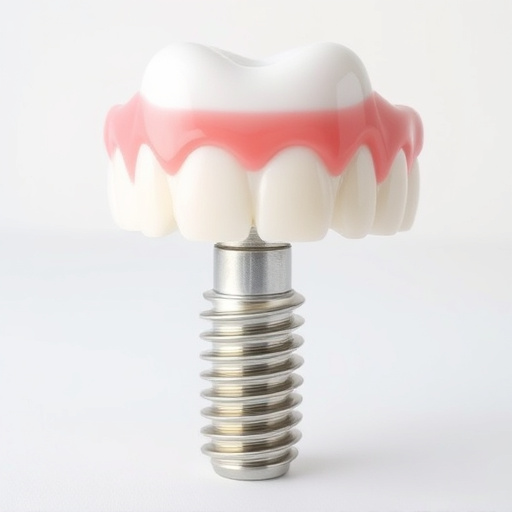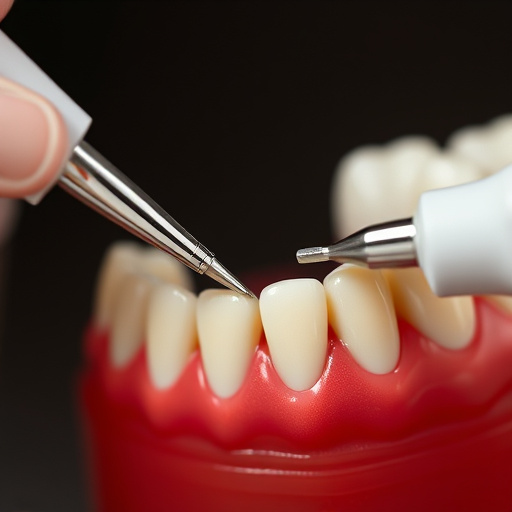*
“Preserving your natural teeth is essential for overall oral health and well-being. In cases where teeth are severely damaged or infected, root canal treatment (RCT) offers a life-saving solution. This comprehensive guide delves into the understanding, necessity, and process of RCT, highlighting its benefits for natural teeth preservation. By exploring when this therapy is required and its positive impact, you’ll gain valuable insights into why RCT is often the preferred course of action for maintaining your smile.”
- Understanding Root Canal Treatment: A Comprehensive Guide
- When is Root Canal Necessary for Natural Teeth Preservation?
- The Process and Benefits of Root Canal Therapy
Understanding Root Canal Treatment: A Comprehensive Guide

Root Canal Treatment (RCT) is a specialized dental procedure designed to save and restore a badly damaged or infected tooth. It involves removing the infected pulp from the tooth’s interior, carefully cleaning and shaping the root canal, and then sealing it to prevent further infection. This treatment is often recommended when a tooth has suffered significant decay, fracture, or is affected by periodontal disease, making extraction unwelcome.
The process begins with local anesthesia to ensure patient comfort. The dentist will then create an opening in the tooth to access the pulp chamber. Tiny files are used to clean and shape the root canal, removing any infected tissue, debris, and bacteria. After cleaning, the canal is filled with a gutta-percha material to seal it, promoting healing and preventing re-infection. This procedure not only preserves the natural tooth but also provides long-term relief from pain and discomfort associated with dental infections, contributing to comprehensive dental care and preventive dentistry efforts.
When is Root Canal Necessary for Natural Teeth Preservation?

/
The Process and Benefits of Root Canal Therapy

Root Canal Therapy is a highly effective dental procedure that aims to save and restore natural teeth, avoiding the need for dental implants or tooth extractions. The process involves accessing the inner part of the tooth, known as the pulp chamber, where infected or damaged tissue resides. Using specialized tools, the dentist carefully removes this infected material, cleansing and shaping the root canal inside. Once cleaned, the canal is filled with a bio-compatible material to ensure proper sealing. This step is crucial in preventing further infection.
The benefits of this therapy are significant. It not only alleviates pain and discomfort associated with infected teeth but also promotes long-term tooth preservation. By retaining the natural tooth structure, patients can maintain their smile’s aesthetics and chewing functionality without resorting to alternatives like dental implants or bridges. This conservative approach makes root canal treatment a popular choice for those seeking to keep their original teeth healthy and strong.
Root canal treatment has proven to be an effective method for preserving natural teeth with severe damage or infections. By carefully removing the infected pulp and cleaning the tooth’s inner canals, this procedure promotes healing and regeneration, ensuring the long-term health and functionality of the affected tooth. With proper care, many teeth saved through root canal therapy can last a lifetime, offering patients relief from pain and enhancing their overall oral well-being.














